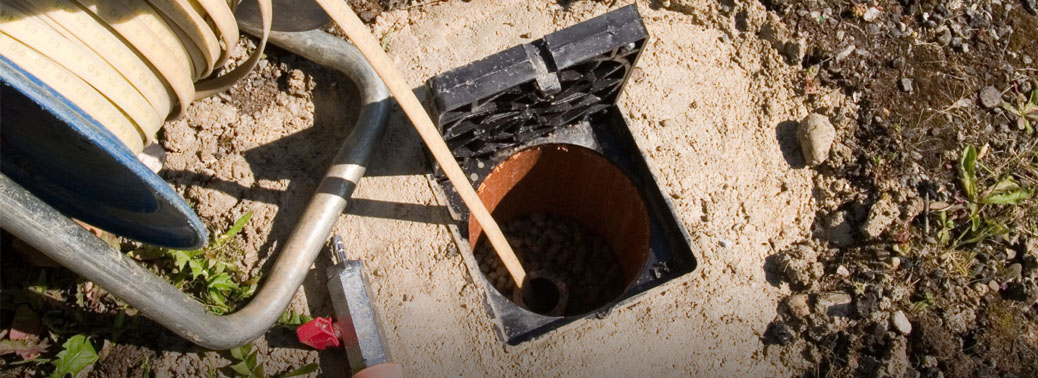New method to track groundwater
23, Aug 2018

Prelims level : Environment
Mains level : Paper – III Environmental Pollution & Impact Assessment
- Scientists at the Department of Energy’s Lawrence Berkeley National Laboratory (Berkeley Lab) and Savannah River National Laboratory have developed a low-cost method for real-time monitoring of pollutants using commonly available sensors.
About:
- A Kalman filter-based framework to establish a real-time in situ monitoring system for groundwater contamination based on in situ measurable water quality variables, such as specific conductance (SC) and pH.
- The developed method can estimate these contaminant concentrations based on in situ measurable variables.
- The estimates remain reliable with less frequent or no direct measurements of the contaminant concentrations, while capturing the dynamics of short- and long-term contaminant concentration changes.
- It allows continuous monitoring in situ using proxy measurements, so we can track plume movement in real time.
- Analysis of the autonomous in situ data can be rapidly analysed remotely using machine learning methods.
Significances:
- It can act as an early warning system – we can detect sudden changes in contaminant levels. These changes may indicate a need for more or less intervention in terms of the remediation strategy, ideally leading to improve as well as more cost-effective clean-up.
- Another advantage over conventional approaches is that it can reduce the frequency of manual groundwater sampling and lab analysis, and thus reduce the monitoring cost.
- This methodology can be used for both surface and underground water.
- It can also potentially be used to track other metals, radionuclides, and organic compounds commonly found in groundwater, such as arsenic, chromium, and fuels.
- The developed in situ monitoring methodology is expected to improve long-term groundwater monitoring by continuously confirming the contaminant plume’s stability and by providing an early warning system for unexpected changes in the plume’s migration.
Present System:
- Conventional methods of monitoring involve taking water samples every year or every quarter and analysing them in the lab.
- If there are anomalies or an extreme event, you could miss the changes that might increase contaminant concentrations or potential health risk.
- Moreover long-term monitoring could be costly over time for large contaminations.
- current long-term monitoring strategies do not consider how abrupt or gradual changes in weather, such as heavy rain events, might influence plume behaviours. This aspect is particularly important when considering persistent plumes, such as those associated with metal or radionuclide contamination.
- Improved monitoring techniques are essential to protect public health and the ecology. People feel safe if it’s properly monitored. Our technique is a way to monitor such sustainable remediation effectively and cheaply.






